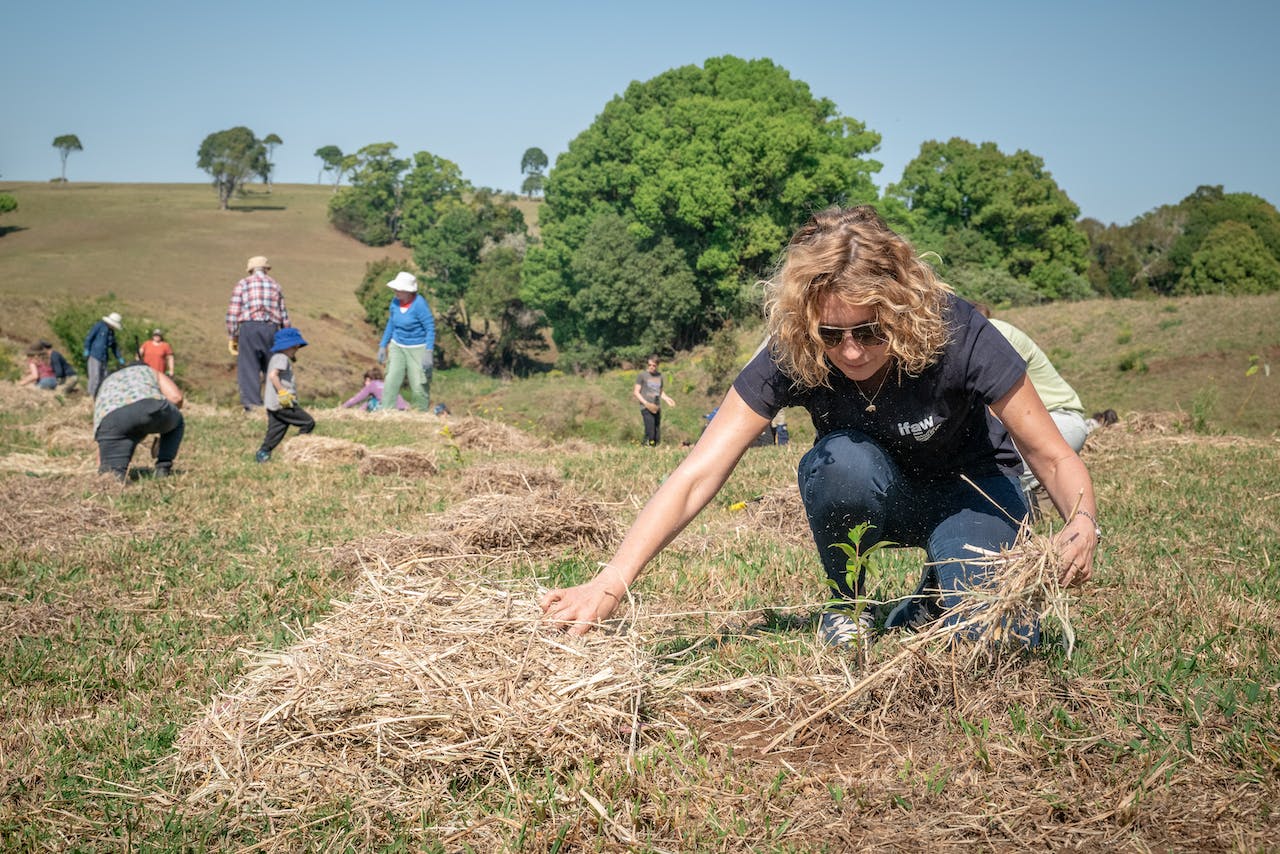For new plantings to thrive, they require regular aftercare – such as watering, mulching, pruning and fertilization. Doing these things regularly will ensure their continued health for many years.
Store bare root trees in cool spaces like garages or cellars (35-50 degrees F) until ready for planting. Keep roots slightly moist but not saturated – this will prevent them from rotting.
Soil
Soils vary dramatically across the globe due to their differing rates of development and parent material types. Grand Rapids Tree Service mentioned how Five major influences contribute to soil formation: climate, organisms, relief (landscape), time and parent material – which together form the “skin” or composition and structure of its constituent soil particles.
Soil is an inorganic mixture composed of mineral particles, water, air and living and dead organisms – providing the ideal conditions for plant life to flourish on Earth’s land surfaces (with the exception of glaciers and bare rock).
Soils are composed of layers known as horizons. Each horizon tells its own tale about how it formed. Soils contain some of the largest biodiversity on Earth – bacteria, fungi, earthworms, ants and other organisms recycle dead plants into organic matter which helps retain moisture and nutrients for an excellent balance in soil health.
Water
Water is essential to the health and growth of newly transplanted trees, and regular irrigation throughout their first season and any dry spells is especially essential.
Watering container or bare root trees involves creating a soil “water ring” around their roots with a hose and filling it up completely, thus preventing overwatering which could otherwise drown their roots. This method ensures proper root development.
Weeds deprive young plants of water, light and nutrients they need for growth. Before planting trees or other vegetation in an area, remove all weeds using shears or shovel to maximize sunlight for your new endeavor. Consider mulching to further control moisture loss while suppressing weeds and conserving moisture levels. When digging for utilities lines make sure that 811 is called before any excavation occurs in order to protect expensive underground cables and pipes that run underground – this step is especially crucial when planting bare root or container trees.
Light
Planting a tree takes careful thought. Consider its mature size, shade it will provide and the amount of space its roots require before placing any species close to structures, driveways or sidewalks that could cause issues in later years. Furthermore, take note of how you will use this site during spring, summer and fall months; for instance if planting pine near your house sap can get on cars and windows during certain times of the year! Call ahead before digging to ensure no damages occur to underground pipes or overhead powerlines!
Pruning
Pruning trees and shrubs will promote healthy growth, reduce damage or failure risk and produce more flowers than their unpruned counterparts. Pruned plants also generally bloom more prolifically.
Pruning can be done at any time of year, though most plants tend to respond better when done during the late winter or early spring while dormant. This is particularly true with fruit trees and berry bushes.
Safety Pruning involves trimming away branches that interfere with pedestrians, parked cars or entryways and limit invasive species that threaten urban tree populations.
Fertilization
Trees can be an enormously rewarding investment for homeowners. Proper care of these assets can ensure they live longer and healthier lives while increasing property values while shielding against storm damage, pest infestation and disease outbreak.
Consider your soil’s chemistry when selecting a planting site; its characteristics could differ greatly from where your tree naturally thrives. A soil test will give insight into which amendments may be required to ensure successful establishment.
When planting bare root trees, avoid adding compost or manure at the time of planting as this can burn young roots. Instead, fertilize your trees next spring after they leaf out using slow-release products such as Bookcliff Choice or Ross Fertilizer Spikes at their recommended rates to evenly spread nutrients across their root zone.

Comments